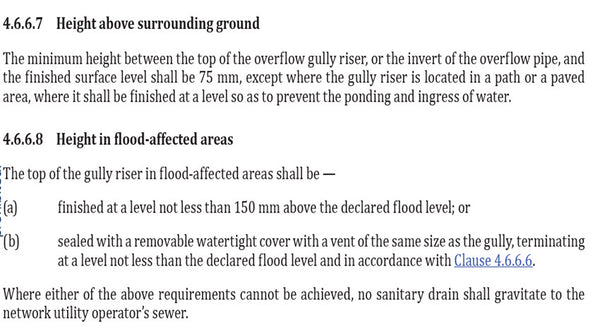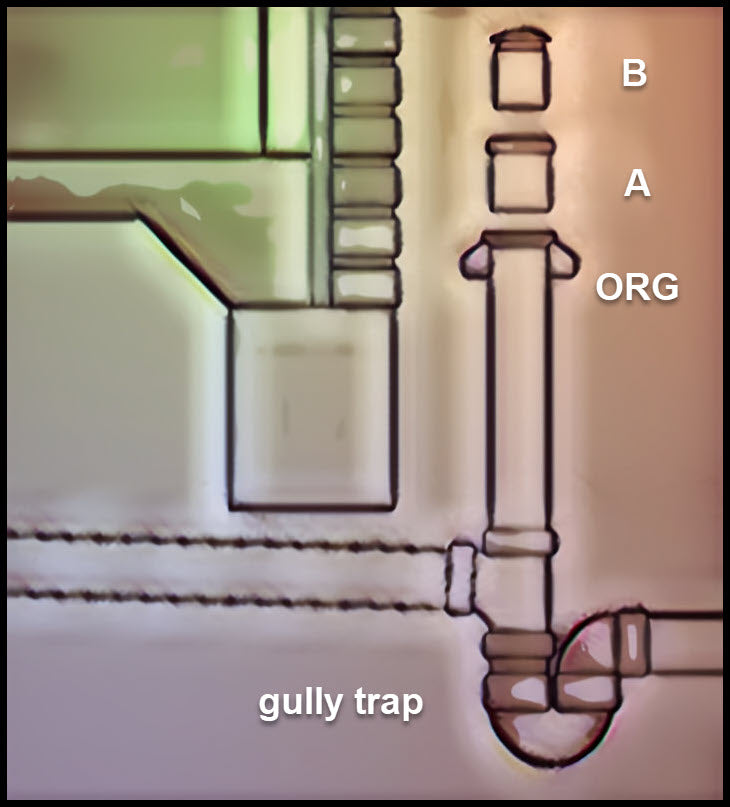Installing an ORC into an Overflow Relief Gully
Protect Your Sewers with the Specialised ORC Overflow Relief Cap - Stops Stormwater Infiltration for Good!
Transform Your Overflow Relief Gully Today
The ORC Overflow Relief Cap is a specialised device to prevent stormwater infiltration into sewer drains. It is only meant to be installed on top of an Overflow Relief Gully (ORG) located outside a building and must have a fixture or approved discharge connected to it to maintain the water seal of the trap. It is important to note that only ground floor fixtures can be connected to this ORG.
The ORC is designed to be installed with a finished minimum height of 25mm above the surrounding surface area. This helps to ensure that the device is appropriately positioned and functioning correctly, preventing stormwater infiltration into the sewer system.
It is important to follow local regulations and codes when installing the ORC. Improper installation may compromise the effectiveness of the device and can lead to non-compliance penalties.
Installation of an ORC in a new building
The ORG, or overflow relief gully, is an essential component of any new building's plumbing system. It is designed to prevent the overflowing of the sewer drainage system into the interior of a building.
It is a legal requirement that the ORG must be installed in accordance with AS/NZS 3500.2:2021 clause 4.6 Gullies.

Installing an ORC (overflow relief cap) in addition to the ORG is a highly recommended practice. The ORC is designed to protect the ORG and prevent stormwater infiltration into the sewer drains. It diverts the excess stormwater away from the sewer system and into a designated overflow area, safeguards the sewer system from overflow and sewage backups.
Installing an ORC into the ORG is a simple process. To install the ORC, you will need to join the ORC sleeve (A) to the top of the ORG (overflow relief gully) riser.
The finished height of the ORC should be at a minimum of 25mm above ground level and 150mm below the fixture spill level.
Once the ORC sleeve is in place, you can then insert the ORC cap (B) into the sleeve. This will complete the installation of the ORC and ensure that it is properly positioned and functioning correctly.
It is also important to protect the ORG riser with a concrete mound. This will help to prevent damage to the ORG and ensure that it continues to function properly.

Retrofitting an ORC to existing buildings
Retrofitting an ORC (overflow relief cap) device can be done on existing buildings and it may be installed into an ORG that is constructed of any type of approved pipe material. The process involves the following steps:
- Remove the existing grate from the ORG (overflow relief gully).
- Join the ORC sleeve (A) to the top of the ORG riser using approved jointing material. If the cap is to be installed into old earthenware pipe, you may need to cut down the outer sleeve (A) of the ORC device. The sleeve must terminate above the top of the existing ORG.
- The top of the ORG must be a minimum of 25mm above ground level and 150mm below the fixture spill level.
- Place the ORC cap (B) into the sleeve.
- Protect the ORG riser with a concrete mound.
It's important to note that the ORC should be installed in compliance with local regulations and codes, and it's recommended to be installed by experienced plumbers.

